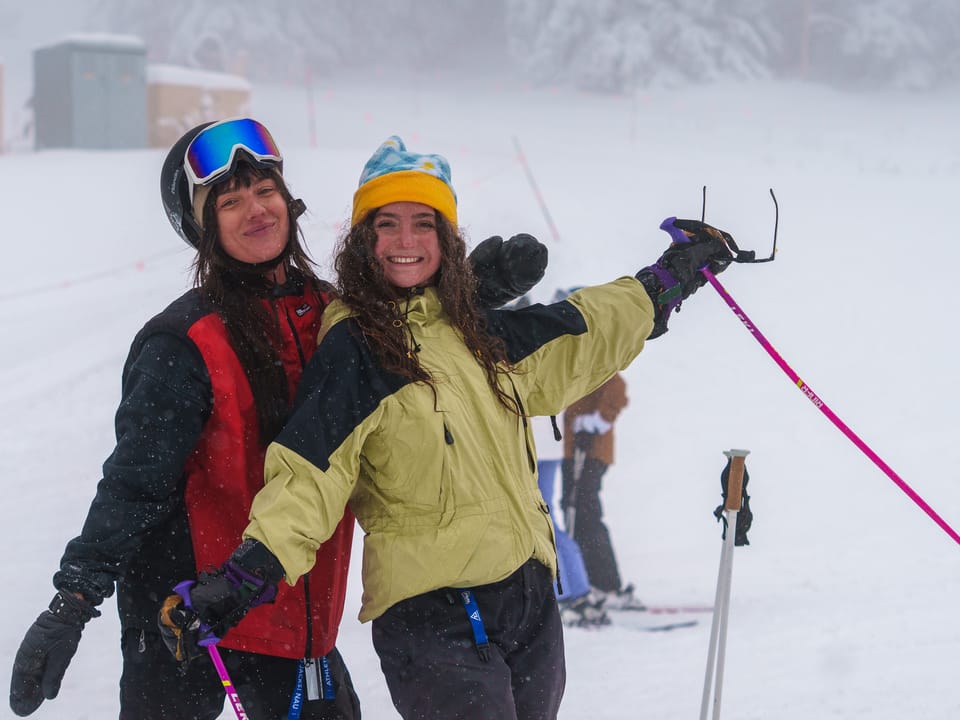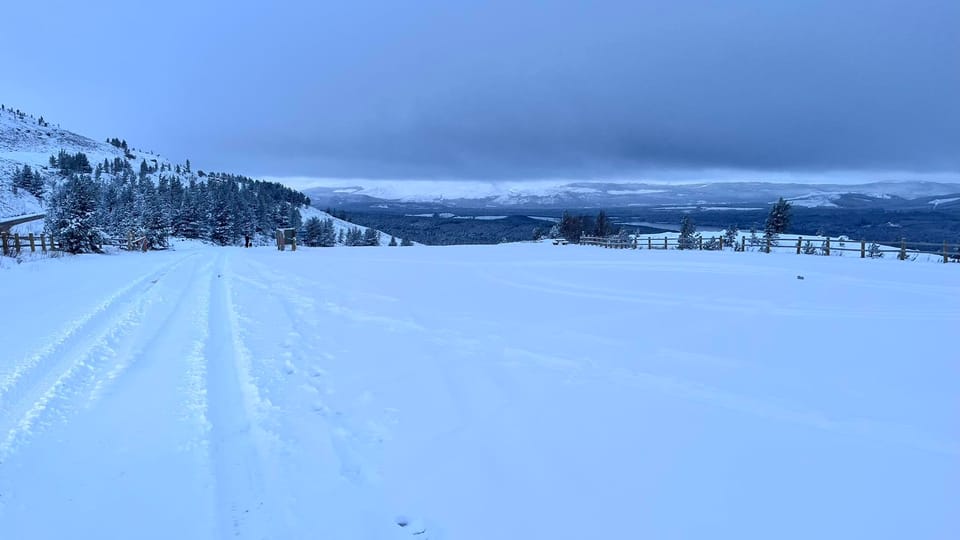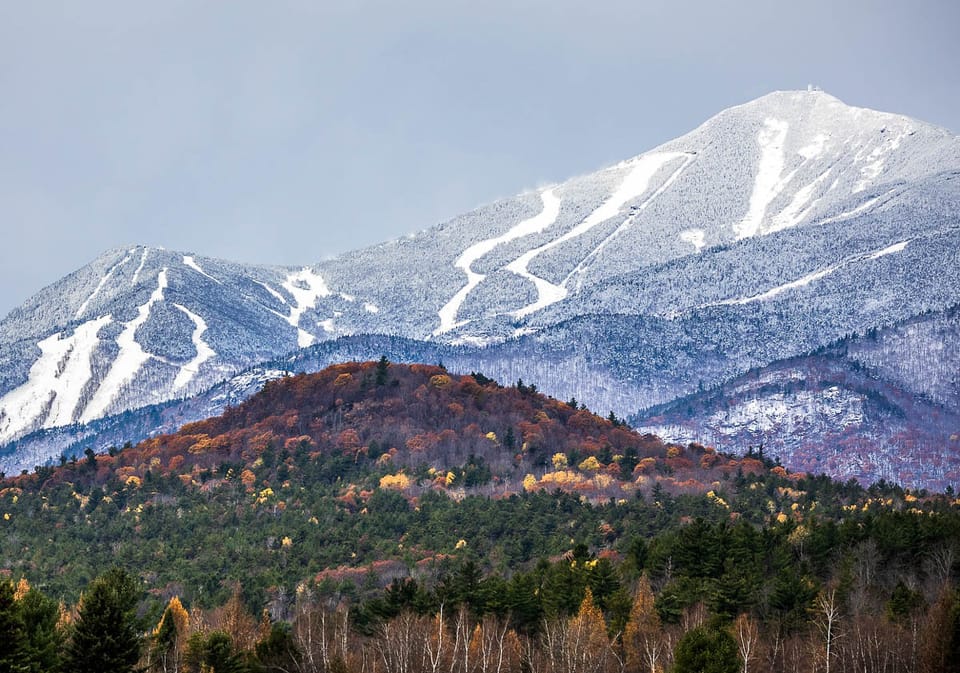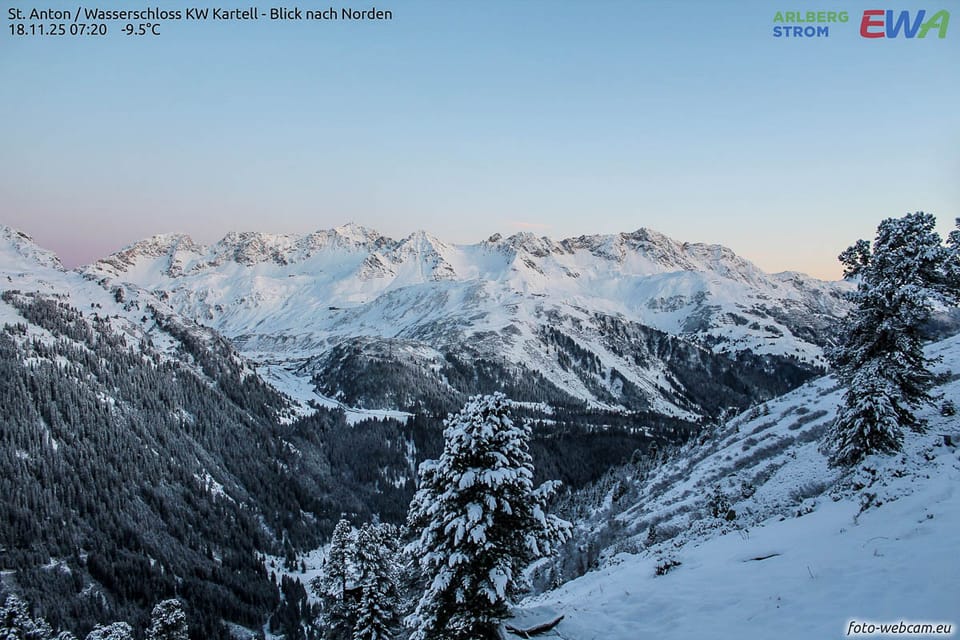Long-Range Winter 2025-2026 Snow Forecast
The long-range outlook for winter 2025-26 suggests cold, snowy “old-school” conditions in the northern regions of North America and Europe.
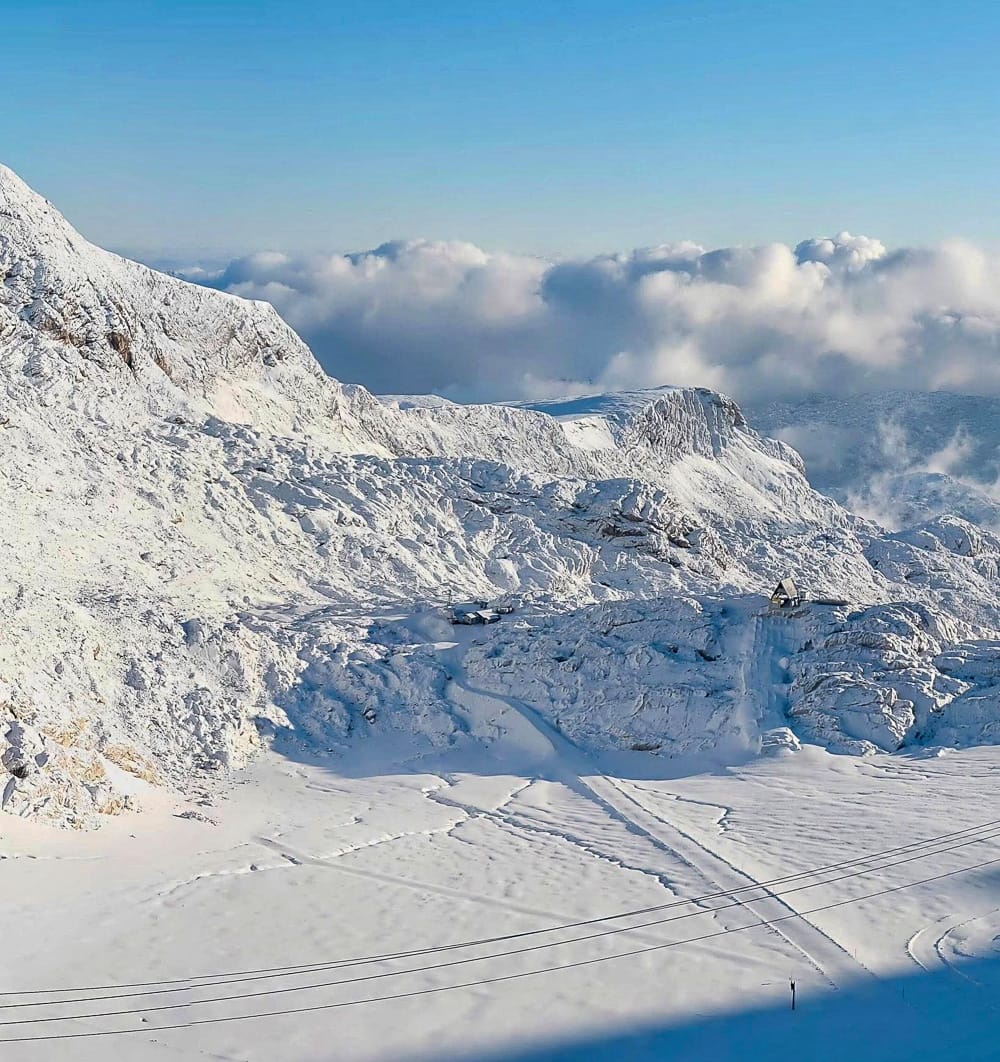
Forecasting the winter season for 2025-2026 remains a developing science, and long-range predictions are never precise. Yet, several key meteorological signals are aligning to suggest the potential for a cold and snowy season across much of the Northern Hemisphere. From the Pacific’s influence to Arctic dynamics, the coming winter may bring some "old-school" snowy conditions—especially for northern ski regions in North America and parts of Europe.
Key Drivers of the 2025-2026 Winter
- La Niña: A weak La Niña has a 71% chance of developing by December 2025. While expected to be weak and possibly fade by early 2026, even modest La Niña episodes can alter storm tracks—favouring northern storminess.
- Arctic Snowpack & Polar Vortex: Rapid snowpack growth in Siberia and Canada is creating conditions for stronger cold air reservoirs. A weaker, unstable Polar Vortex could lead to cold air outbreaks spilling into Europe and North America.
- North Pacific Heatwave: A "Pacific blob" of warmer-than-normal sea surface temperatures may supply storms with moisture but also risks lifting snowlines or blocking storm tracks.
The Met office explain how La Niña affects our weather
Forecasts for North America:
Pacific Northwest & British Columbia
This region is expected to benefit from frequent Gulf of Alaska storm systems. Above-average snowfall is likely in early and mid-winter, supported by La Niña influences and a negative Pacific Decadal Oscillation steering storms into the coast.
Northern Rockies (Idaho, Montana, Wyoming)
The northern Rockies could see one of the most consistent winters, with storm tracks favouring regular snowfall and colder-than-average conditions.
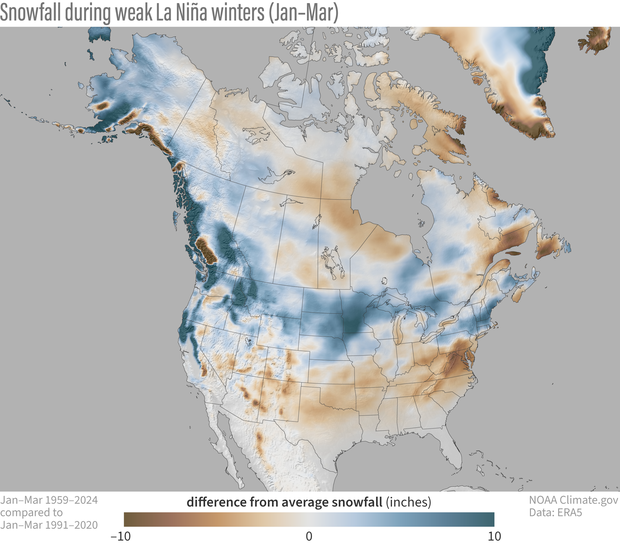
Colorado & Utah
Forecasts are mixed across the central Rockies. Northern areas may see more reliable snowfall, while southern parts could trend drier. Short-term weather events will be a key factor in shaping conditions.
Midwest & Great Lakes
A classic cold and snowy winter is predicted here. Strong Arctic intrusions, frequent clipper systems, and early-season lake-effect snow before freeze-over could combine to bring above-average totals.
Northeast & New England
The outlook suggests a potentially stormy winter. A weakened Polar Vortex increases the chances of Arctic air outbreaks and Nor’easters, which could deliver frequent and significant snow events during the core months.
Southern Tier (U.S.)
Most forecasts point to a warmer, drier season across the southern states. However, occasional Arctic blasts may still reach far south, bringing rare snow and ice events.
Forecast for Europe
Northern & Northeastern Europe
La Niña winters often correlate with colder-than-normal conditions in Scandinavia, northern Germany, Poland, and the Baltic. Early-season snowpack preservation may improve the prospects for lower-altitude resorts and cross-country ski trails.
The Alps
The picture is more complicated here. La Niña may help pull colder air into the region, but can also limit moisture delivery from Atlantic systems. High-altitude resorts in Austria, Switzerland, France, and Italy are the most reliable bets, particularly those with glacier skiing.
Final Thoughts
The consensus among long-range models suggests that winter 2025-2026 has the potential to be a cold and snowy season in northern regions of North America and northern Europe. Resorts in the Pacific Northwest, the Northern Rockies, the Great Lakes, and New England, as well as Scandinavia and parts of Central Europe, may all benefit from this setup.
However, long-range forecasts are inherently uncertain. While the signals point toward an “old-school” snowy winter, the reality on the slopes will depend on short-term weather drivers, shifting ocean patterns, and the strength of the Polar Vortex as the season progresses.

